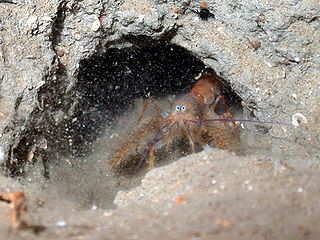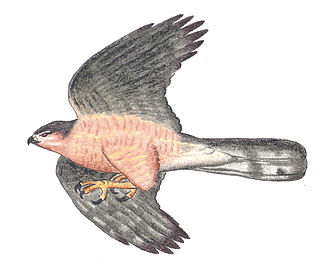 W
WThe Cuban night lizard is a night lizard endemic to southern Cuba. It is the only member of the genus Cricosaura, one of three in the night lizard family.
 W
WThe Cuban night lizard is a night lizard endemic to southern Cuba. It is the only member of the genus Cricosaura, one of three in the night lizard family.
 W
WEumops ferox, the fierce bonneted bat or the chestnut mastiff bat, is a species of free-tailed bat found in the Caribbean and Mexico. Until recently, it was synonymous with Wagner's bonneted bat.
 W
WFurry lobsters are small decapod crustaceans, closely related to the slipper lobsters and spiny lobsters. The antennae are not as enlarged as in spiny and slipper lobsters, and the body is covered in short hairs, hence the name furry lobster. Although previously considered a family in their own right, the furry lobsters were subsumed into the family Palinuridae in 1990, and molecular phylogenies support the inclusion of the furry lobsters in the family Palinuridae.
 W
WGundlach's hawk is a species of bird of prey in the family Accipitridae. It is one of 21 endemic bird species of Cuba. The common name and Latin binomial commemorate the German-Cuban ornithologist Juan Cristobal Christoff Gundlach (1810–1896). It is threatened by habitat loss and human persecution.
 W
WParides gundlachianus, the Cuban cattleheart, is a species of butterfly in the family Papilionidae. It is an endemic species found only in Cuba. The name honours the Cuban naturalist Juan Gundlach.
 W
WPhyllonycteris is a genus of bat in the family Phyllostomidae. It contains the following species:Jamaican Flower Bat † Puerto Rican Flower Bat Cuban Flower Bat
 W
WThe Oriente warbler is a species of bird in the Cuban warbler family, Teretistridae, that is endemic to Cuba. Its natural habitats dry forests, lowland moist forests, montane moist forests, and xeric shrublands. As its common name implies, the Oriente warbler is found in Cuba's east; it is the sister species to its fellow Cuban endemic, the Yellow-headed warbler, found in extreme western Cuba.